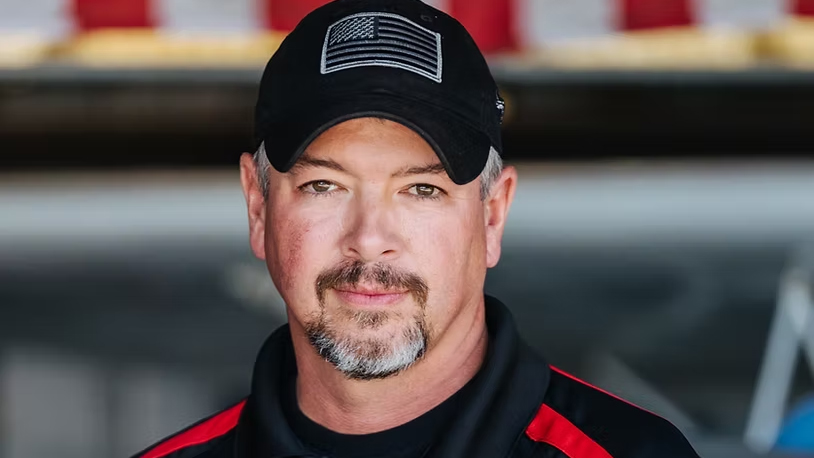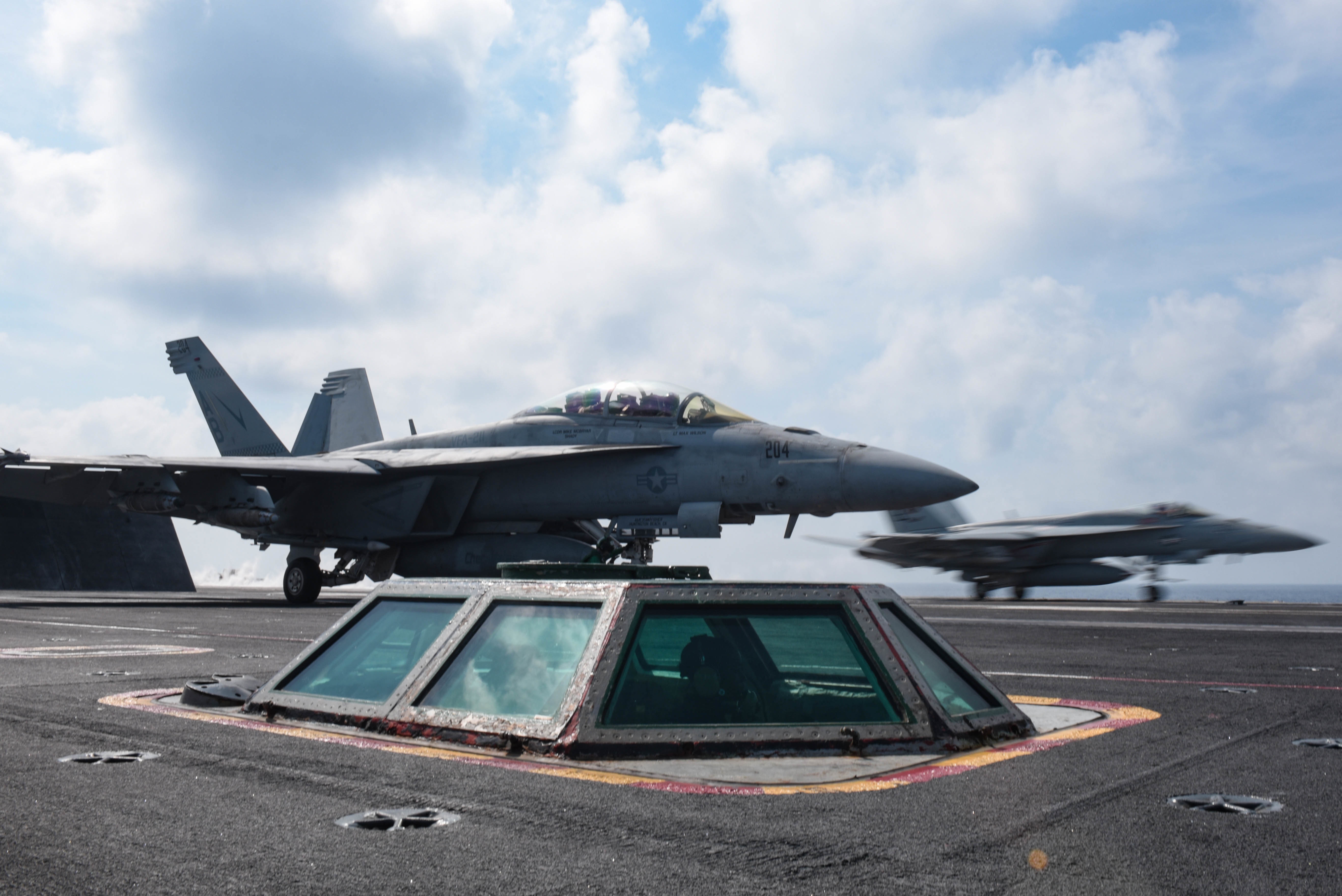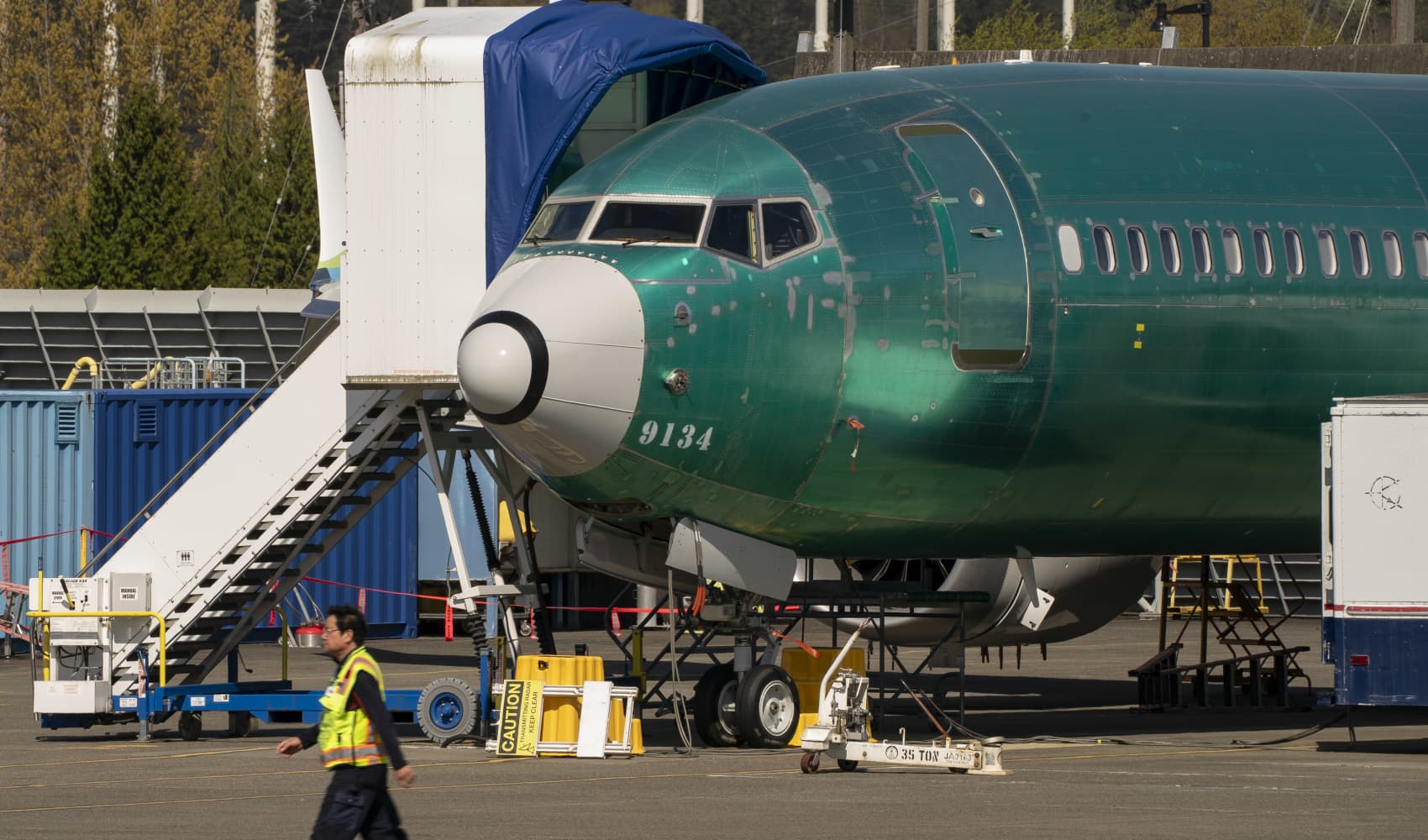Rob Holland Plane Crash: Aerobatic Legend Dies at 50
Tragedy Strikes: Aerobatic Legend Rob Holland Dies in Crash
A Dark Day for Aviation: Remembering Rob Holland
The world of aerobatics has lost a true icon. Rob Holland, a name synonymous with precision, innovation, and breathtaking aerial displays, tragically passed away on Thursday. He was only 50 years old, far too young to be taken from us.
Holland's death occurred during a landing at Joint Base Langley-Eustis in Hampton, Virginia, where he was preparing for an upcoming airshow. The news has sent shockwaves through the aviation community, leaving fans and fellow pilots reeling. We'll delve into the details of this devastating event, explore Holland's incredible legacy, and remember the man behind the legendary performances.
The Fatal Crash: What We Know So Far
The circumstances surrounding the crash are currently under investigation by the National Transportation Safety Board (NTSB). What makes this even more perplexing is the fact that Holland was reportedly flying a non-aerobatic flight at the time of the incident.
Landing at Langley-Eustis
Reports indicate that Holland was landing his custom-built, single-seat aircraft at the base. The purpose of the flight was likely related to logistical preparations for the airshow. The fact that he was landing, a seemingly routine maneuver for a pilot of his caliber, makes this tragedy all the more heartbreaking.
NTSB Investigation Underway
The NTSB investigation will undoubtedly seek to determine the cause of the crash. Were there mechanical issues? Was weather a factor? Was there any unexpected event that might have contributed to the accident? The investigation could take weeks or even months to complete. We can only hope that it provides some clarity and closure for Holland's family and friends.
Rob Holland: A Champion in the Sky
To truly understand the magnitude of this loss, it's essential to appreciate Rob Holland's extraordinary achievements and contributions to the world of aerobatics. He wasn't just a pilot; he was an artist who painted masterpieces with his aircraft across the canvas of the sky.
Multiple National Champion
Holland's competitive record is simply astounding. He was a multiple-time U.S. National Aerobatic Champion, dominating the Unlimited category for years. His dedication, skill, and relentless pursuit of perfection made him a force to be reckoned with in the aerobatic arena.
International Recognition
His talents weren't confined to the United States. Holland represented his country on the world stage, competing in numerous international aerobatic competitions. He earned the respect and admiration of pilots from around the globe, solidifying his reputation as one of the best in the business.
A Pioneer of Innovation and Precision
What truly set Rob Holland apart was his innovative approach to aerobatics. He didn't just execute maneuvers; he reinvented them, pushing the boundaries of what was thought possible.
Custom Aircraft and Inventive Sequences
Holland flew a highly modified and custom-built aircraft designed specifically for aerobatics. This plane allowed him to perform maneuvers that would be impossible in a standard aircraft. He combined his skill with his aircraft to craft inventive sequences that captivated audiences.
The "Figure Skating" of the Sky
Jim Bourke, president of the International Aerobatic Club, aptly compared aerobatic competitions to figure skating, emphasizing the grace, precision, and artistry required. Holland embodied these qualities, bringing a unique blend of athleticism and artistry to every performance.
Beyond the Airshow: A Passion for Aviation
Rob Holland's passion for aviation extended far beyond the airshow circuit. He was a dedicated mentor, an advocate for aviation safety, and an inspiration to aspiring pilots everywhere.
Mentoring Aspiring Pilots
He generously shared his knowledge and experience with younger pilots, guiding them on their own journeys in the world of aviation. His mentorship helped shape the careers of countless aspiring aerobatic pilots.
Advocacy for Aviation Safety
Holland was a vocal advocate for aviation safety, always emphasizing the importance of proper training, maintenance, and adherence to regulations. He understood that safety was paramount, both for pilots and for the spectators who came to watch them perform.
The Legacy of a Legend
Rob Holland's legacy will undoubtedly endure for generations to come. He leaves behind a profound impact on the world of aerobatics and on everyone who had the privilege of witnessing his incredible talent.
Remembered for Innovation and Skill
He will be remembered for his unwavering dedication to his craft, his innovative spirit, and his extraordinary skill as a pilot. His performances inspired awe and wonder, leaving audiences breathless.
A Lasting Inspiration
More than just a pilot, he will be remembered as an inspiration to countless individuals. His story is a testament to the power of passion, perseverance, and the pursuit of excellence. His legacy will continue to inspire future generations of pilots to reach for the sky and chase their dreams.
Community Mourns: Tributes Pour In
The news of Rob Holland's passing has triggered an outpouring of grief and tributes from the aviation community and beyond.
Social Media Tributes
His official Facebook page, Rob Holland Aerosports, has been flooded with messages of condolences and remembrance. Fans, fellow pilots, and aviation enthusiasts have shared their memories and expressed their sorrow at this tragic loss.
Industry Reactions
Organizations such as the International Aerobatic Club have also issued statements mourning Holland's death and celebrating his extraordinary contributions to the sport. His colleagues and competitors have spoken of his skill, his sportsmanship, and his unwavering passion for aviation.
The Virginia Airshow: A Somber Reminder
The upcoming airshow at Joint Base Langley-Eustis, which Rob Holland was preparing for at the time of his death, will now serve as a somber reminder of his absence. It remains to be seen how the airshow organizers will choose to honor his memory, but it is certain that his presence will be deeply missed.
Airshow Plans and Tributes
It is very likely that the airshow will include a tribute to Rob Holland, perhaps a moment of silence or a special performance dedicated to his memory. Many pilots who were scheduled to perform at the airshow will undoubtedly be reflecting on his life and legacy as they take to the skies.
Conclusion: A Final Farewell to a Sky Master
The loss of Rob Holland is a devastating blow to the world of aerobatics. He was more than just a pilot; he was a pioneer, an innovator, and an inspiration. His legacy will endure, and his memory will live on in the hearts of all who knew him and admired his extraordinary talent. We extend our deepest condolences to his family, friends, and the entire aviation community. Fly high, Rob. You will be deeply missed.
Frequently Asked Questions (FAQ)
- What type of aircraft did Rob Holland fly?
Rob Holland flew a highly modified and custom-built single-seat aircraft designed specifically for aerobatics. The specific make and model of the aircraft, alongside the custom modifications, was key to his performance.
- What was Rob Holland known for in the aerobatic world?
Rob Holland was known for his precision, innovation, and breathtaking aerial displays. He was a multiple-time U.S. National Aerobatic Champion and was respected worldwide for his skill and sportsmanship.
- Where did the crash that caused Rob Holland's death occur?
The crash occurred at Joint Base Langley-Eustis in Hampton, Virginia, where he was preparing for an upcoming airshow.
- What is the NTSB's role in investigating the crash?
The NTSB (National Transportation Safety Board) is responsible for investigating the cause of the crash. Their investigation will look into factors such as mechanical issues, weather conditions, and any other potential causes.
- How will Rob Holland be remembered?
Rob Holland will be remembered as a legend in the aerobatic world, an innovator, a mentor, and an inspiration to countless aspiring pilots. His legacy will live on through his contributions to the sport and the memories of his incredible performances.


